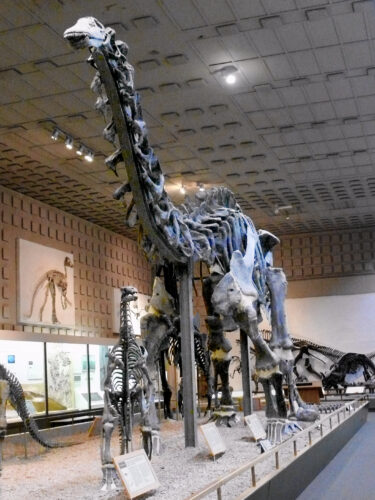If you consider yourself a pretty awesome human being and your brain remarkably special, wouldn’t you want your brain preserved and found 310 million years into the future? Well, first you’d want to find yourself in a low-oxygen environment at the time of your death. Then you’d want to be covered in siderite, an iron carbonate. Your brain would start to degrade, but have no fear: kaolinite would creep in and form a perfect white mold of your brain in fifty years. And after many, many years, rock would form around your brain until you’d be found, studied, and lauded.
Fossils of brains are incredibly rare because lipid-rich brains are quick to decay. But a fossil of the brain of a horseshoe crab, Euproops danae, was recently discovered at the Yale Peabody Museum of Natural History by researchers from the University of New England, Harvard University, the Natural History Museum in London, and Pomona College. The artifact was originally sourced at Mazon Creek, a fossil site in Illinois.
Researchers compared this preserved brain with the brains of modern horseshoe crabs and found that they were very similar. They deduced that the organisms likely had similar behavior, too. This fills a gap in the timeline of the central nervous systems of euarthopods, one of the best-preserved invertebrate animals.
Finding a fossil of a brain like this is extraordinary: a product of many processes going exactly the right way at the right time in the right place. Before you theorize how you might fossilize your own brain, pay homage to our horseshoe crab pioneer.

